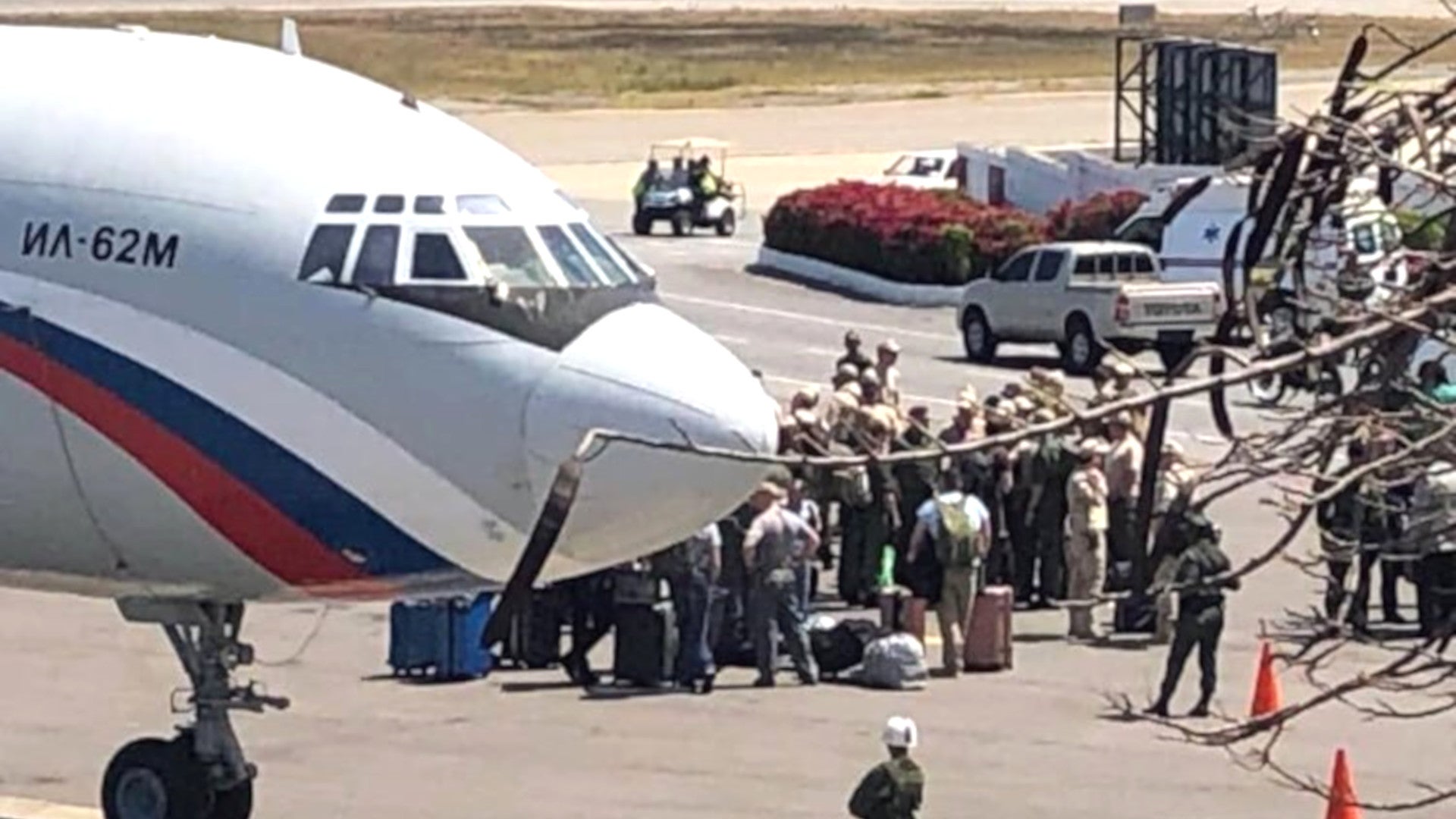A Russian Air Force An-124 Condor heavy transport plane is back home after a brief trip to Venezuela, where it helped reportedly deliver almost 100 military personnel and tons of unspecified cargo as part of the Kremlin’s ongoing support for embattled Venezuelan President Nicolas Maduro. For two months now, Maduro has been locked in a political crisis with American-supported opposition leader Juan Guaido and there continue to be signs that a U.S. military intervention might be on the horizon.
The An-124, along with a Russian Air Force Il-62M passenger transport, arrived at Simón Bolívar International Airport in Venezuela’s capital Caracas on Mar. 23, 2019. Both aircraft originated in Russia, but the Il-62M stopped in the Syrian capital Damascus before heading off to South America, while the An-124 flew through the Russian military’s Khmeimim air base outpost, also in Syria.
Subsequent photographs show Russian personnel on the tarmac wearing desert camouflage uniforms and baseball caps similar, if not identical, to the ones commonly seen on the Kremlin’s troops in Syria. The An-124 left on Mar. 25, 2019. It’s unclear if the Il-62M is still in Venezuela.
“[The Russian troops and cargo] arrived to take part in bilateral consultations,” an unnamed diplomatic source told Russian state media outlet Sputnik on Mar. 25, 2019. “Russia [and Venezuela] have a number of contracts, which are being implemented, including contracts on military and technical cooperation.”
The day before, the Associated Press reported that Russia had dispatched the planes and their cargo to “discuss equipment maintenance and training, and strategy,” citing an anonymous Venezuelan official. At the time of writing, there does not appear to be an official Russian government statement about the deployment.
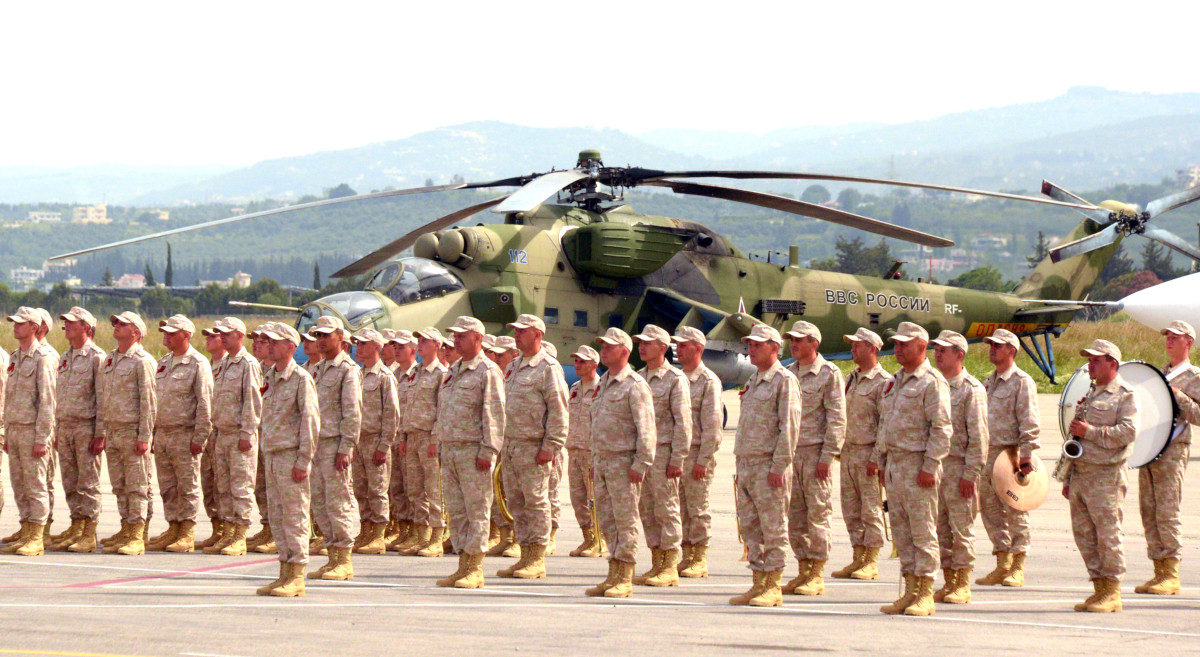
The claim from Sputnik about the purpose of this deployment seems very difficult to believe. Russia has sold significant amounts of weapons and military equipment to Venezuela, but the bulk of those contracts are concluded. At present, the biggest remaining deal is regarding Venezuelan production of AK-103 assault rifles.
There’s no clear reason why there would be a need to deploy uniformed service members in relation to the establishment of that factory—tasks better suited to civilian technicians and representatives from Russia’s arms exports agencies. Even if there was a need for actual troops, it’s hard to see why the Kremlin would have chosen to employ individuals serving in Syria for this purpose. This also represents a withdrawal from that theater, where the Kremlin remains actively engaged.
It seems much more plausible that these personnel are in Venezuela to help bolster Maduro’s regime in some way. In January 2019, Russia reportedly sent shadowy mercenaries to the country, potentially to shield the Venezuela President from a coup. That same month, Juan Guiado, then-President of the country’s National Assembly, had declared himself Interim President and received widespread international recognition. Multiple members of the Venezuelan military and security forces have since defected to Guaido’s camp.
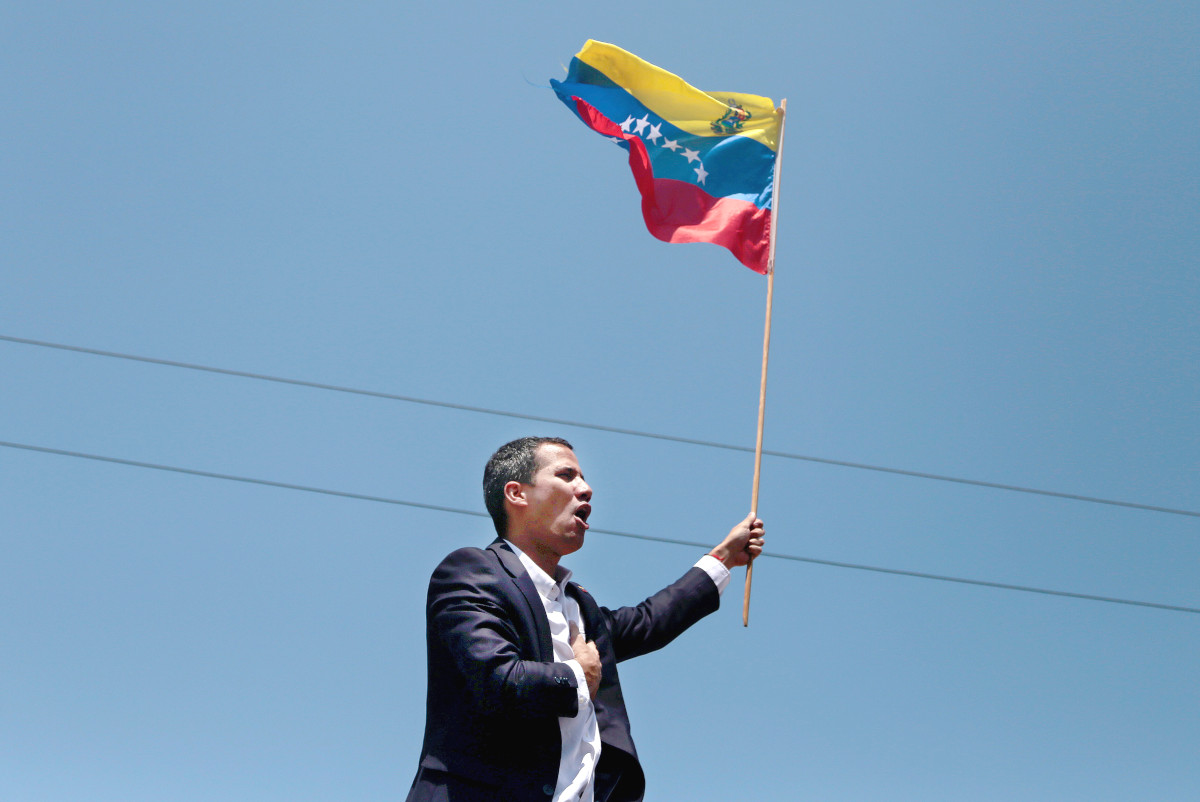
However, Russia has employed these private military companies in the past as deniable proxies, refusing to acknowledge them as Russian personnel or come to their aid during any major confrontation with foreign military forces. As such, while they might have been useful in protecting Maduro from domestic opposition, actual uniformed troops on the ground serve as a much more pointed challenge to any outside country, such as the United States, which might be considering launching a military intervention on behalf of Guaido.
Beyond just being in Venezuela, there are many practical benefits that this force, coming from active duty in an actual warzone in Syria, might offer. For instance, the Russian contingent might also be in the country to assist Venezuela in improving the readiness of its Russian-supplied S-300VM surface-to-air missile systems. Since February 2019, ImageSat International (iSi), a private satellite imagery and geospatial intelligence firm, has noted what appears to be a significant uptick in activity surrounding the country’s S-300VM unit at Capitán Manuel Ríos Airbase, which is situated around 75 miles south of Caracas.
Russia’s S-300 and S-400 surface-to-air missile systems in Syria, along with its other shorter-range air defenses there, have also been a major factor in ensuring the survival of Syrian dictator Bashar Al Assad and his regime in recent years. Russia’s air defenders serving in that country would have more real-world experience than any other Russian units—lessons learned that could only be valuable for Venezuelan forces looking to reestablish their overall proficiency with the S-300VM.
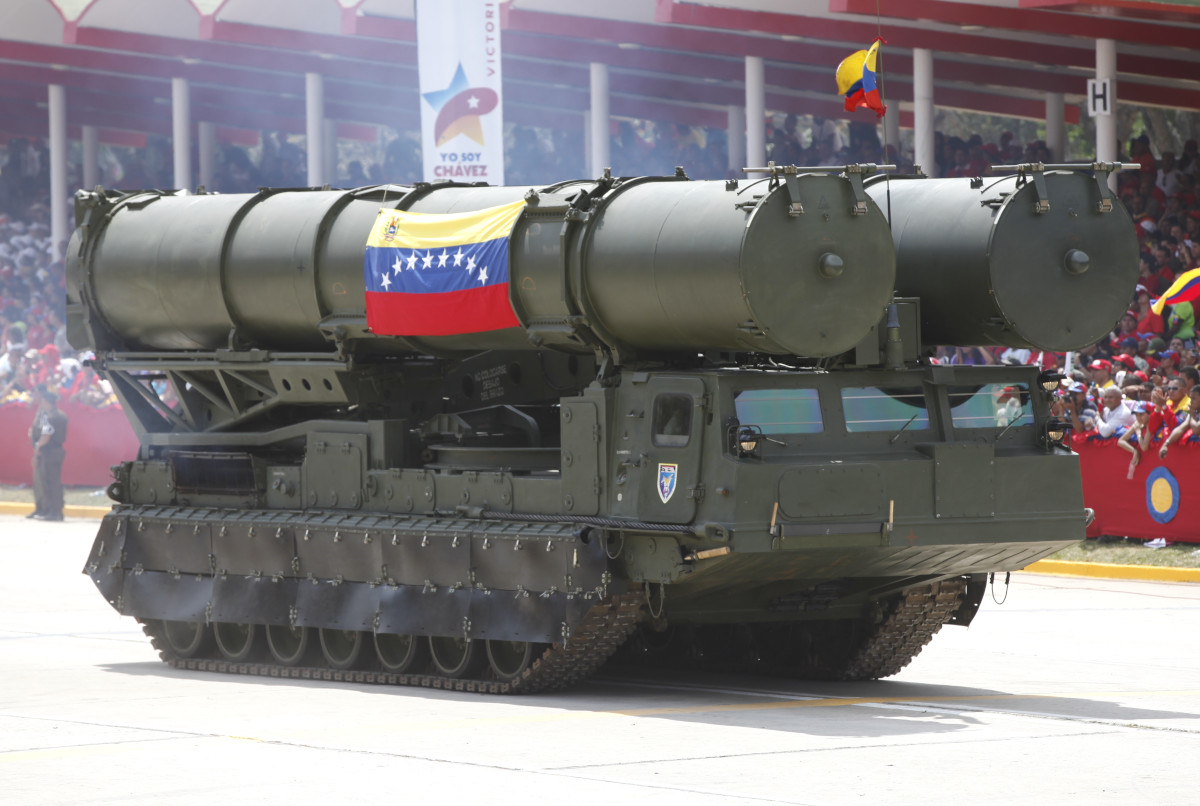
The new Russian contingent might also be an advance team for the deployment of additional forces, including combat aircraft. Just in December 2018, Russia had deployed a pair of Tu-160 Blackjack bombers to Venezuela in what was a clear demonstration of support for Maduro and an obvious signal to the United States. An An-124 and an Il-62M also brought in additional personnel and equipment to support that deployment.
After those bombers arrived, there were subsequent reports that Russia had accepted a Venezuelan offer to establish a formal base on the island of La Orchila in the Caribbean, a plan that remains unconfirmed and would take years to implement. The Kremlin could decide to make another short-term deployment of combat aircraft to again try to dissuade Marduro’s opponents, including the United States, for launching a military operation into the country.

Venezuela could also just have a need for help in operating and maintain other more advanced Russian-made systems, including combat jets and helicopters. In February 2019, a Venezuelan Russian-built Mi-35 Hind gunship helicopter crashed during a training exercise, raising questions about the general state of the country’s military readiness.
Russia’s Khmeimim base serves primarily as a major aviation hub for the Kremlin’s forces in Syria. The personnel and equipment now in Venezuela could be maintainers arriving to help ensure the country’s combat jets, such as its Russian-made Su-30MKV Flanker-C fighter jets, and helicopters are in good working order.
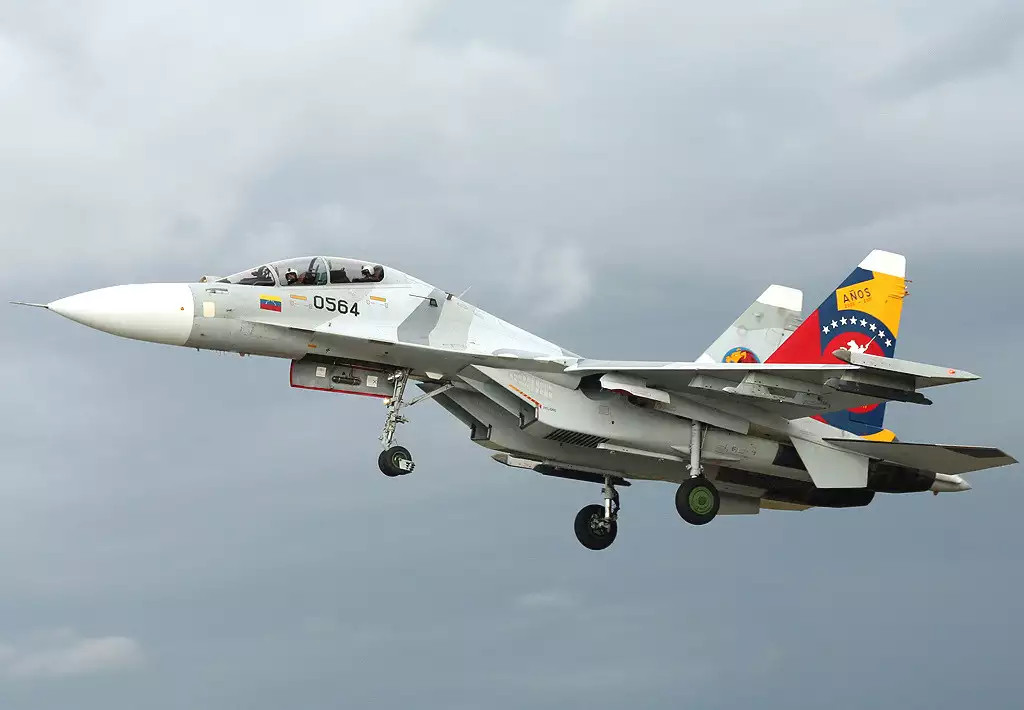
These types of advise and assist missions would fit well with the Associated Press’ report that the Russians are in the country for “maintenance and training, and strategy” reasons. Having uniformed Russian advisors on the ground at air defense sites and other strategic locations also creates further difficulties for any U.S. military intervention. The danger would be that strikes on any of those locations might result in the death of the Kremlin’s personnel, which could cause a much more serious international incident.
We also already know that concerns about Venezuelan air defenses and combat aircraft contributed to an uptick in U.S. military to intelligence gathering sorties ahead of U.S. Air Force C-17A Globemaster III transport planes shuttling in humanitarian aid to a stage base in neighboring Colombia in February 2019. Air Force RC-135V/W Rivet Joint spy planes continue to be a regular sight off the coast. These aircraft have the capability to gather details on an enemy’s “electronic order of battle,” classifying and geo-locating air defense nodes, such as radars associated with surface-to-air missile systems. They can also intercept valuable communications chatter that can give more insight on an opponent’s activities and future plans.
“It wasn’t … the normal type of C-17 run that we do to South America, or to Colombia specifically.” U.S. Air Force Lieutenant Colonel Amilcar Melendez-Cruz, the Assistant Director of Operations for the 15th Airlift Squadron and the office in charge of the aid deliveries on Feb. 16, 2019, said in an interview with Air Force Magazine. “This included going to a field that was on the border with Venezuela, so there was some concern about dealing with Venezuela, Venezuelan airspace, different friendly and non-friendly assets.”

Regardless, the increasingly dictatorial Venezuelan leader is a major Russian ally and a key Kremlin partner in the Western hemisphere. Russia has made no secret of its desire to keep him in power and has said it is willing to take steps necessary to ward off any U.S. government attempt to change the regime in Caracas.
It’s important to note that there is still no concrete evidence that the United States, or any of its allies, are actively planning to intervene militarily in Venezuela to uproot Maduro. Still, there have been a number of developments that strongly hint at discussions within the U.S. government about just such an operation.
On Mar. 14, 2019, the U.S. State Department pulled the last of its personnel from Venezuela, individuals who U.S. Secretary of State Mike Pompeo had described as a “constraint on U.S. policy.” This suggested that their continued presence in the country posed an unnecessary additional risk in the event of a military operation.
“Secretary [Pompeo] told Russian Foreign Minister Lavrov that the United States and regional countries will not stand idly by as Russia exacerbates tensions in Venezuela,” a State Department press release said on Mar. 25, 2019. “The continued insertion of Russian military personnel to support the illegitimate regime of Nicolas Maduro in Venezuela risks prolonging the suffering of the Venezuelan people who overwhelmingly support interim President Juan Guaido.”
Other members of President Donald Trump’s administration continue to stress that “all options are on the table” to ensure an eventual transition of power to Guaido. Trump himself has reportedly expressed a desire for a military option to ending Venezuela’s years-long economic and political crisis on multiple occasions, even before Guaido emerged a major opponent to Maduro’s power.
With Russian troops on the ground and advising and assisting Venezuelan forces loyal to Maduro, the Kremlin is clearly trying to add even more risks for anyone looking to unseat their ally in Caracas.
Contact the author: jtrevithickpr@gmail.com
